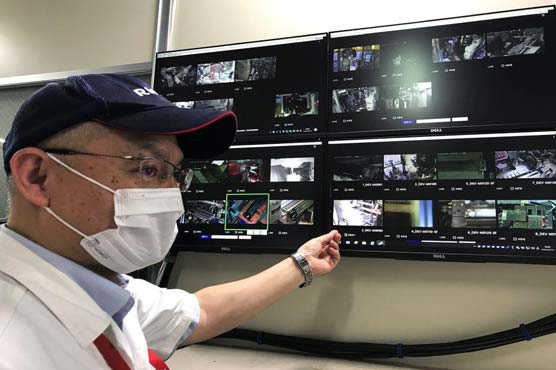Japan looks to AI as coronavirus challenges go-and-see quality control mantra

Japan looks to AI as coronavirus challenges go-and-see quality control mantra
TOKYO (Reuters) - At a factory south of Japan’s Toyota City, robots have started sharing the work of quality-control inspectors, as the pandemic accelerates a shift from Toyota’s vaunted “go and see” system which helped revolutionise mass production in the 20th century.
Inside the auto-parts plant of Musashi Seimitsu Industry Co Ltd, a robotic arm picks up and spins a bevel gear, scanning its teeth against a light in search of surface flaws. The inspection takes about two seconds - similar to that of highly trained employees who check around 1,000 units per shift.
“Inspecting 1,000 of the exact same thing day-in day-out requires a lot of skill and expertise, but it’s not very creative,” Chief Executive Hiroshi Otsuka told Reuters. “We’d like to release workers from those tasks.”
Global manufacturers have long used robots in production while leaving the knotty work of spotting flaws mainly to humans. But social distancing measures to prevent the spread of COVID-19 have prompted a rethink of the factory floor.
That has spurred the increased use of robots and other technology for quality control, including remote monitoring which was already being adopted before the pandemic.
In Japan, such approaches represent an acute departure from the “genchi genbutsu”, go-and-see methodology developed as part of the Toyota Production System and embraced by Japanese manufacturers for decades with almost religious zeal.
That process tasks workers with constantly monitoring all aspects of the production line to spot irregularities, and has made quality control one of the last human hold-outs in otherwise automated factories.
Yet even at Toyota Motor Corp itself, when asked about automating more genchi genbutsu procedures, a spokesman said:
“We are always looking at ways to improve our manufacturing processes, including automating processes where it makes sense to do so.”


